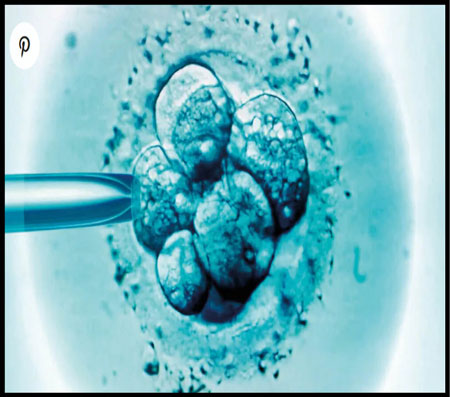Creating an embryo from cells other than sperm and egg cells and then growing them outside the uterus is an area of study that has developed significantly over the past 5 years. How long until we unlock the “black box” of human embryology?
This month, researchers announced that they have been culturing a mouse embryo model made entirely out of embryonic stem cells and without the use of a sperm and egg, or a uterus, for 8.5 days, about 2 days longer than previous experiments had achieved.
Genetic analysis revealed that the structures and cell activity in these embryo models were 95% similar to real mouse embryos and functional. This suggests that these models were similar enough to natural embryos that they could be studied to gain insight into how they work.
Research on both mice and human embryos can offer insight into the mechanisms that allow them to divide, implant, and develop. However, being able to build them from scratch helps researchers bypass potentially expensive and unethical experiments on embryos and also helps them verify if assumptions about how they work are correct.
A paper recently published in Cell outlines the achievement by researchers in Prof. Jacob Hanna’s laboratory at the Weizmann Institute of Science in Rehovot, Israel.
This is the latest step in a long line of incremental steps in recent years to create an embryo from scratch in the lab.
The first embryo derived from stem cells Prof. Hanna’s team had already published details of one particularly important part of the puzzle last year in Nature, when they outlined the process they had used to grow embryo models outside of a uterus. The system they developed uses bottles filled with liquids that act as a culture for the cells, which can rotate or remain static at different points of development.
In an email to Medical News Today, Prof. Hanna noted: “Since we know what it takes to support the growth of [natural mouse embryos] outside the uterus (device and conditions), we can finally test whether and which stem cells can generate an embryo ab initio [from the start] only from stem cells.”
“We couldn’t do that before because how are you going to grow a synthetic embryo if you don’t know how to grow a natural embryo? Low and behold indeed, the same device, the same media conditions, and the same parameters allowed aggregates of 27 cells of pluripotent stem cellsTrusted Source to reach day 8.5-stage embryos when placed in this device after 8 days.”









